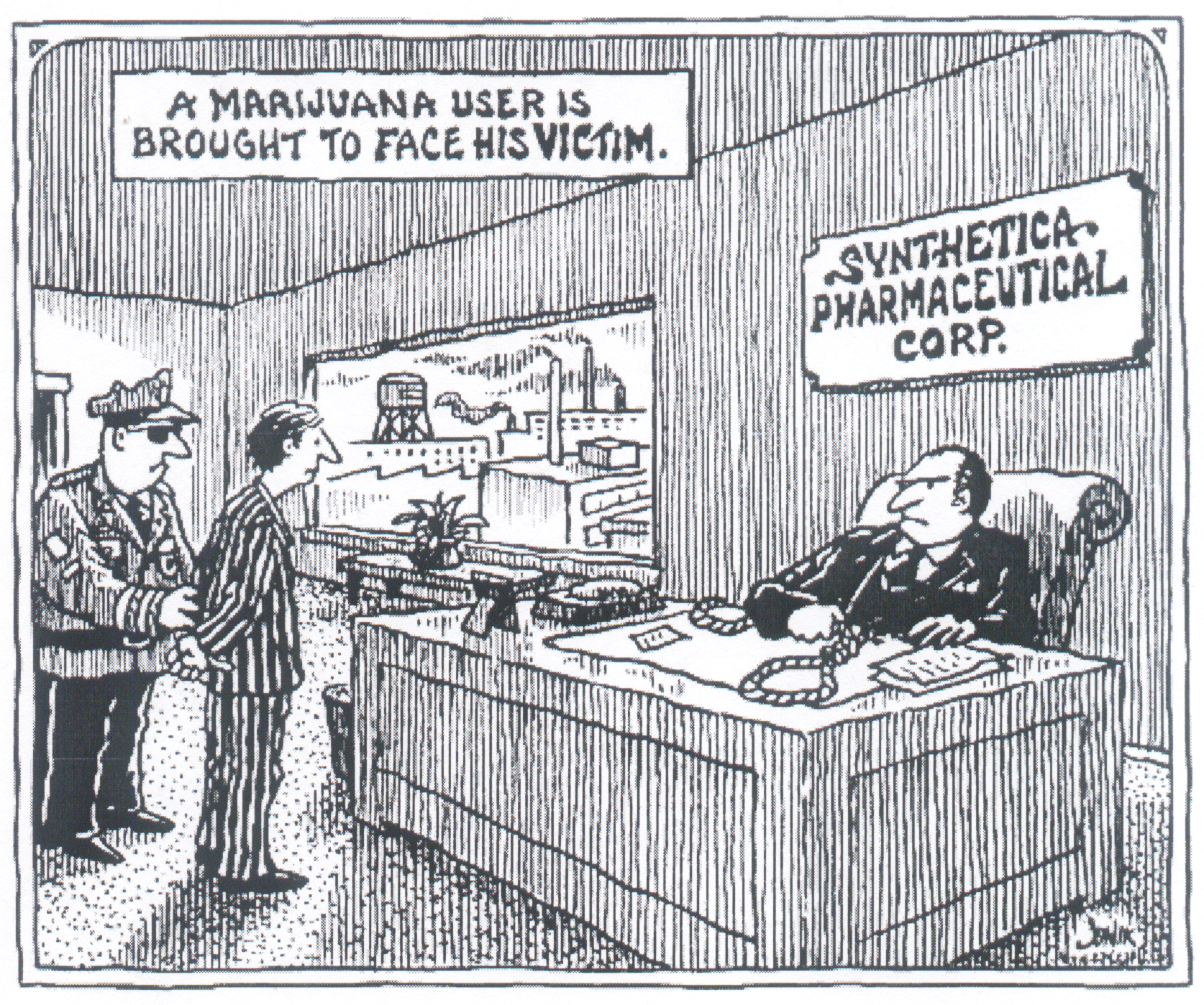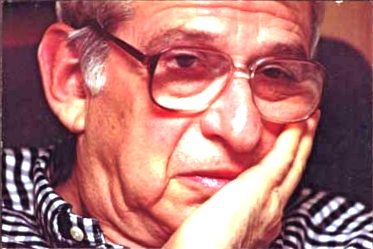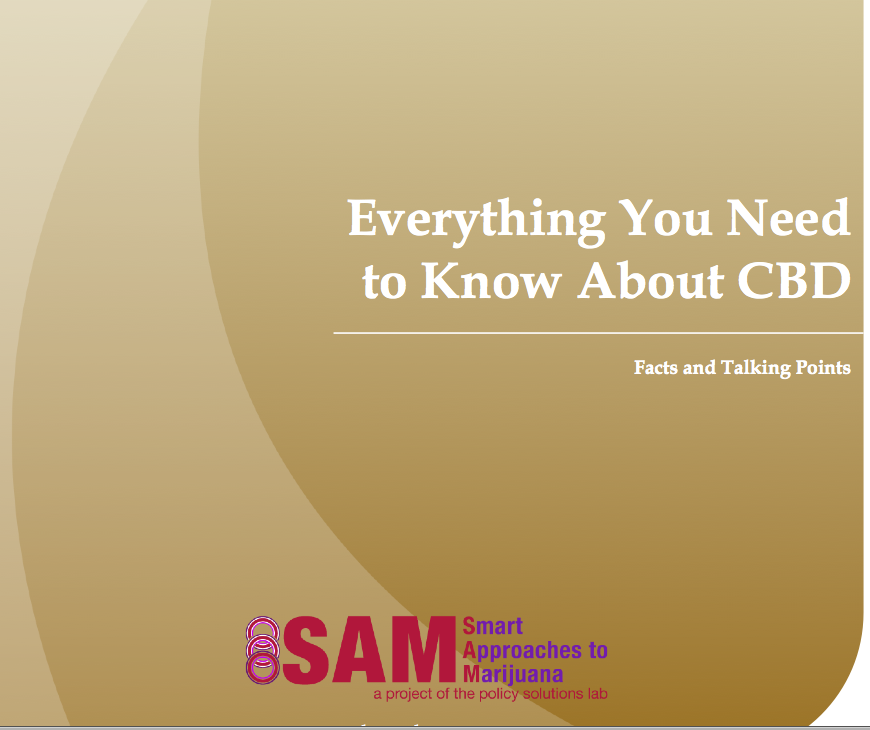News that Tom Hayden will be speaking at the NORML conference in LA next week inspired a flashback from Tom O’Connell, MD. The NORML agenda identifies Hayden as “former CA Assemblyman, Caravan for Peace.” But to those with the wide-angle view, like Dr. O’Connell, Hayden will forever be a founder of Students for a Democratic Society and a leader of the movement that helped end U.S. military intervention in Vietnam. O’Connell recalls:
“I’d been taking care of wounded GIs from ‘Nam in Japan from November ‘65 on —the first big engagement between American troops and the NVA regulars in the Ia Drang valley in November ‘65 was, literally, our baptism of fire at the Zama Army hospital where I’d just become chief of Surgery in the Fall of ‘65. A few years before that, I’d been in Viet Nam the night the Pleiku barracks were attacked, the first time the VC ever atacked Amercans directly and the event that prompted the Gulf of Tonkin resolution and proved that LBJ was in over his head… I remember that shortly after I arived in Japan in late ‘63, McNamara had made his “home by Xmas” promise and I had just talked to a young West Pointer on his way back from duty as a Vietnam army adviser. He painted a very different scenario: the South Vietnamese conscript army had no interests out side the gate of their home villages and no interest in opposing Hanoi. The young Lt saw the coming war as inevitable and something that would help his career.
“As I remember, in November 65, we received about forty freshly wounded GIs from the 7th Cavalry, Custer’s old unit, some platoons had sustained close to 50% casualties when they “dropped in” on an NVA bivouac, a manuuver that caught both sides by surprise. Although greatly outnumbered, the (mostly draftee) Americans were not overrun and killed about10 times the number they lost, a fornula that persisted throughout the early years and encouraged the inane “body counts” and related wishful thinking that we could win a war of attrition. When I finally got back to Letterman to start my chest residency in ‘67, it was two years later and we were still receiving wounded draftees, but some were trying smack out of desperation and boredom. As chief resident, my first Aortic Valve replacement was a 19 year-old-draftee who had given himself aortic valvulitis by injecting smack. It was cases like him who’d inspired Jaffe to become a methadone advocate and scared Nixon into naming him as the first drug czar.
“Heroin never did become the huge problem Nixon and his advisers anticipated. The favorite drug for GIs to deal with their fears was weed. Until Viet Nam, I’d been a lifer. With 13 years of active sevice I was assured of comfortable retirement as a full Colonel in 1978, but disillusionment with the US and the Arrmy —and especially the election of Tricky Dick in 1968— forced me to change my plans.”





